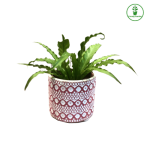
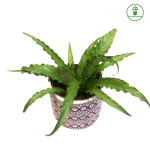
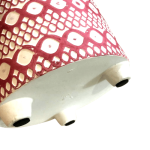


Bird’s Nest Fern Plant With Ceramic Pot – PWP05A
4,950.00 LKR Original price was: 4,950.00 LKR.3,950.00 LKRCurrent price is: 3,950.00 LKR.
Product Details
Pot:
- Type – Ceramic Pot with Plant
- Number of Items Included – Plant & Soil with Plastic pot + Ceramic pot
- Made with – High Quality Material
- Pot Color – Red & White
- Model number – PWP05A
- Inner Depth – 10.5CM
- Inner Width – 12CM
Plant Detail:
- Common Name – Bird’s nest fern, nest fern
- Botanical Name -Asplenium nidus
- Height – 20cm – 25cm (This plant size is between mention size)
- Note – Plant may not look like on the picture but will make sure you will have good quality plant. ( You can request for your ordered plant pitcher before deliver)
- What Include – Plant & Soil with Plastic pot + Ceramic pot
- Delivery – Plant only Deliver on within Colombo & Suburb (we don’t deliver the plant by courier, we will deliver i n person with our delivery team
- Family – Aspleniaceae
- Plant Type – PerennialMature Size – 3–5 ft. tall, 2–3 ft. wide
- Sun Exposure – Partial, shade
- Soil Type – Loamy, moist, well-drained
- Soil pH – Acidic
- Flower Color – None
- Native Area – Asia, Australia, Africa
Fern plant
Bird’s nest ferns (Asplenium nidus) are naturally epiphytic, meaning they grow on the surface of other plants. In their rainforest homes, they can be found growing high in the crooks of trees. They form a series of erect, spoon-shaped, bright green fronds that rise from a central rosette. Healthy plants can have fronds up to 5 feet long, but bird’s nest ferns kept as houseplants typically have fronds that grow only about 2 feet long. These ferns have a slow growth rate. They’re best planted in the spring, though houseplants generally can be started year-round.
Bird’s Nest Fern Care
The key to a healthy bird’s nest fern is providing it with ample warmth, humidity, and moisture. When growing it as a houseplant, one of the best places to situate a bird’s nest fern is near a shower or tub in a bathroom where it will receive optimal humidity and warmth, though it must have a light source as well.
New leaves will constantly emerge from the central area of the plant, which resembles a bird’s nest. Do not touch, move, or handle the new, delicate fronds as they emerge from the center. They are extremely fragile, and if you touch them, there is a high chance of them becoming damaged or deformed.
Light
Bird’s nest ferns grow well in filtered sunlight to a moderate amount of shade. Don’t expose them to direct sunlight other than the very early morning sun. Harsh direct sunlight can burn the leaves. Indoors, an east- or north-facing window is ideal.
Soil
These plants like soil that’s loose and rich in organic matter with excellent drainage. A peat-based potting mix is good for container plants.
Water
The fern plant prefer a consistent amount of soil moisture, but they don’t do well sitting in soggy soil. Water whenever the top inch of soil is dry. Avoid watering directly into the center of the plant, as this can encourage mold growth and rot in the dense nest. Aim water at the soil to avoid wetting the fern’s fronds.
Temperature and Humidity
The bird’s nest fern thrives in warmth with temperatures between 60 and 80 degrees Fahrenheit. It can tolerate temperatures down to 50 degrees, but anything colder than that can harm the plant, especially with prolonged exposure. Indoors, be sure to protect your plant from cool drafts, such as air blowing from an air-conditioning vent.
This fern prefers high humidity and moist environments, such as a bathroom, greenhouse, or terrarium. To raise the humidity around a bird’s nest fern, you can use a humidifier. Or you can set its pot on a tray filled with pebbles and water. But make sure the bottom of the pot isn’t sitting in the water because that can lead to root rot.
Fertilizer
During the fern’s active growing season (April through September), fertilize once a month with a balanced liquid fertilizer that’s diluted to half strength. Make sure to apply the fertilizer to the soil and not the fronds, as direct contact with fertilizer can burn foliage. Withhold fertilizer for the rest of the year because too much food can cause the fronds to have an abnormal shape or take on a yellowish or brownish color.
.
| Weight | 1.5 kg |
|---|---|
| Dimensions | 30 × 30 × 30 cm |


MAECENAS IACULIS
Vestibulum curae torquent diam diam commodo parturient penatibus nunc dui adipiscing convallis bulum parturient suspendisse parturient a.Parturient in parturient scelerisque nibh lectus quam a natoque adipiscing a vestibulum hendrerit et pharetra fames nunc natoque dui.
ADIPISCING CONVALLIS BULUM
- Vestibulum penatibus nunc dui adipiscing convallis bulum parturient suspendisse.
- Abitur parturient praesent lectus quam a natoque adipiscing a vestibulum hendre.
- Diam parturient dictumst parturient scelerisque nibh lectus.
Scelerisque adipiscing bibendum sem vestibulum et in a a a purus lectus faucibus lobortis tincidunt purus lectus nisl class eros.Condimentum a et ullamcorper dictumst mus et tristique elementum nam inceptos hac parturient scelerisque vestibulum amet elit ut volutpat.
Related products
2 Piece Arch Gold Round Plant Stand
2 Piece Black Rectangle Plant Stand
2 Piece Cylinder Gold Colour Round Plant Stand
6 TIER METAL PLANT STAND BLOSSOM
- Type: Metal Plant Stand
- Material: Base – Metal
- Colour: Gold,Black
- Number of Items Included:1
- Outdoor Use: No
- Care Instructions: Wipe with dry cloth
- Assembly Required: No
- Model number –gold- (PS104) / Black- (ps105)
- Size – 8”x 29”
Lady Palm (Rhapis Excelsa) indoor & outdoor plant
- Botanical Name - Rhapis excelsa
- Common Names - Lady palm, bamboo palm, miniature fan palm
- Height – 70cm – 90cm (This plant size is between mention size)
- Note – Plant may not look like on the picture but will make sure you will have good quality plant. ( You can request for your ordered plant pitcher before deliver)
- What Include – Plant & Soil with Plastic pot
- Delivery – Plant only Deliver on within Colombo & Suburb (we don’t deliver the plant by courier, we will deliver i n person with our delivery team
- Plant Type - Shrub
- Mature Size - 6–15 ft. tall and wide (outdoors), up to 6 ft. tall, 4 ft. wide (indoors)
- Sun Exposure - Partial, shade
- Soil Type - Loamy, well-drained
- Soil pH - Acidic, neutral
- Bloom Time - Spring
- Flower Color - Yellow
- Native Area - China
Monstera Deliciosa Plant
Product Deatils
- Common Names - Split-leaf philodendron, Swiss cheese plant
- Botanical Name -Monstera deliciosa
- Height – 36cm – 46cm (This plant size is between mention size)
- Note – Plant may not look like on the picture but will make sure you will have good quality plant. ( You can request for your ordered plant pitcher before deliver)
- What Include – Plant with 4-6 Stems & Soil with Plastic pot
- Delivery – Plant only Deliver on within Colombo & Suburb (we don’t deliver the plant by courier, we will deliver i n person with our delivery team
- Family - Araceae
- Plant Type - Climbing evergreen
- Mature Size - 3 ft. tall, 2-3 ft. spread
- Sun Exposure - Bright indirect sunlight, partial shade
- Soil Type - Peat-based potting soil, well-drained
- Soil pH - Acid or neutral
- Bloom Time - Mid-summer
- Flower Color - Cream/tan
- Hardiness Zones - 10-12 (USDA)
- Native Area - Central America
Spathiphyllum – Bellini – Peace Lily plant
- Common Name - Peace lily, spath lily
- Botanical Name - Spathiphyllum spp.
- Family - Araceae
- Height – 24cm – 36cm (This plant size is between mention size)
- Note – Plant may not look like on the pitcher but will make sure you will have good quality plant. ( You can request for your ordered plant pitcher before deliver)
- What Include – Plant (Medium Bush with Flower or Flowerless) & Soil with Plastic pot
- Delivery – Plant only Deliver on within Colombo & Suburb (we don’t deliver the plant by courier, we will deliver i n person with our delivery team)
- Plant Type - Flowering tropical plant
- Mature Size - 1–3 ft. tall; up to 6 feet tall outdoors
- Sun Exposure - Partial shade
- Soil Type - Moist but well-drained
- Soil PH - Acidic
- Bloom Time - Spring
- Flower Color - White or yellow
- Native Area - Central America, Asia
Zamioculcas zamiifolia Zenzi – Zenzi ZZ Plant
- Common Name: ZZ Plant
- Latin Name: Zamioculcas zamiifolia Zenzi
- Height – 15cm – 24cm (This plant size is between mention size)
- Note – Plant may not look like on the pitcher but will make sure you will have good quality plant. ( You can request for your ordered plant pitcher before deliver)
- What Include – Plant ( 4- 6 Stems) & Soil with Plastic pot
- Delivery – Plant only Deliver on within Colombo & Suburb (we don’t deliver the plant by courier, we will deliver i n person with our delivery team)
- Plant Advice: Except for complete darkness and full sun,Zenzi will
- Characteristics: The ZZ , more commonly known as the Zenzi ZZ Plant, is a indoor plant that beginners will be able to take care of with no trouble at all. The dark green leaves have a strong tinge of black to them, which usually means that a plant will be harder to care for. The upright foliage will show up very well when potted, with its distinct colour standing out from the rest due to its stark palette.
- appreciate almost any light conditions - its not a fussy plant. You should let the plant dry out between waterings, perhaps only carrying the process out once or twice a month - again, it won't mind if you forget to do so.




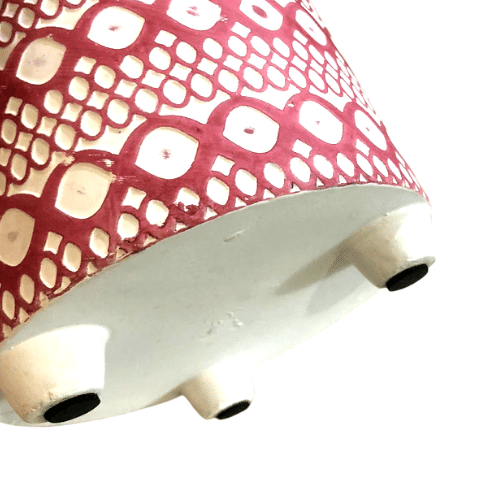
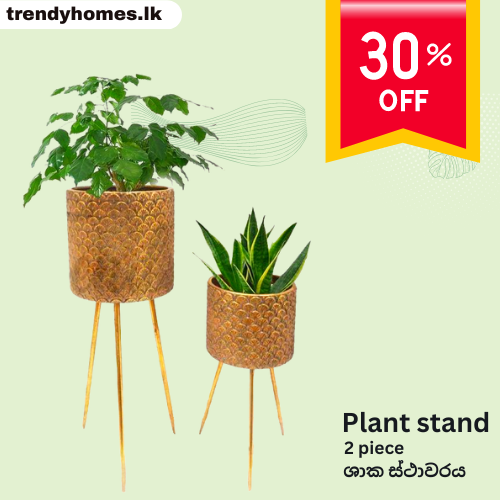
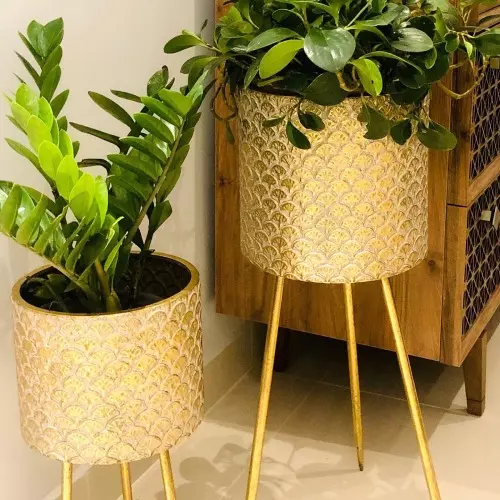
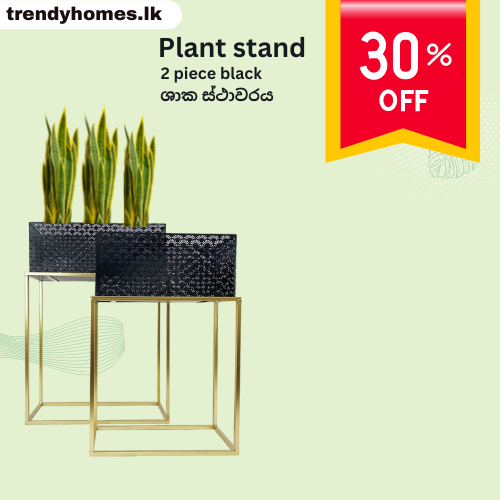

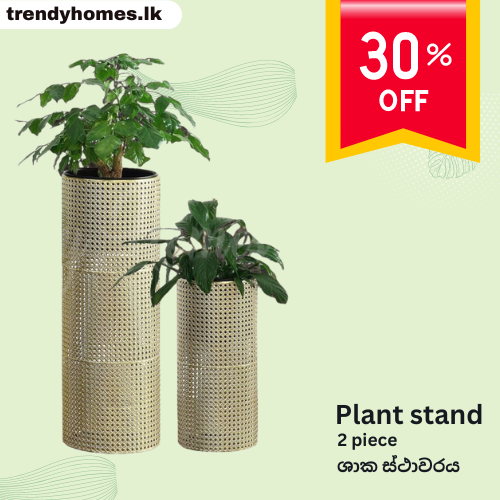
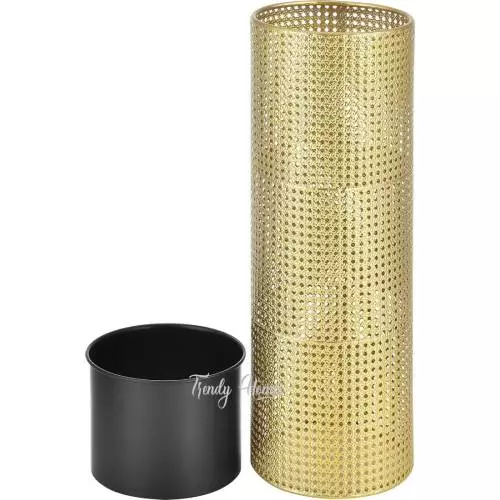

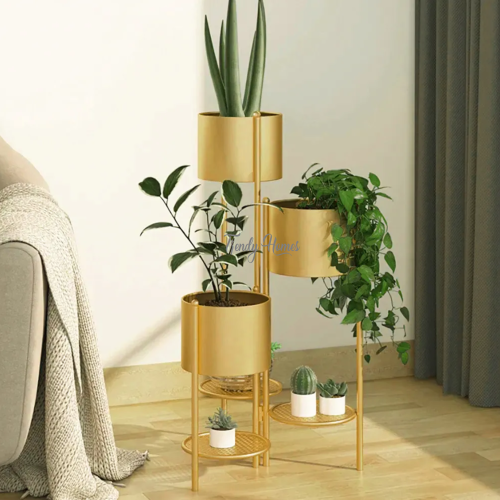
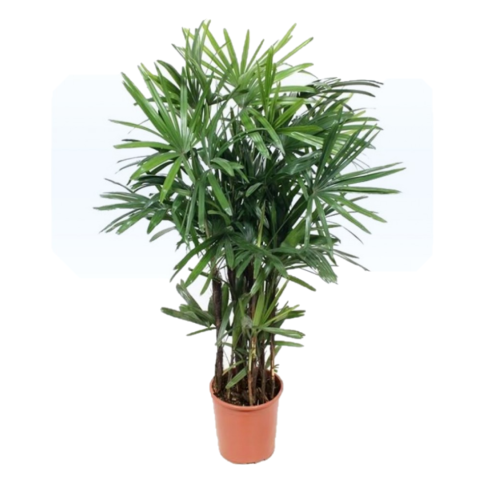
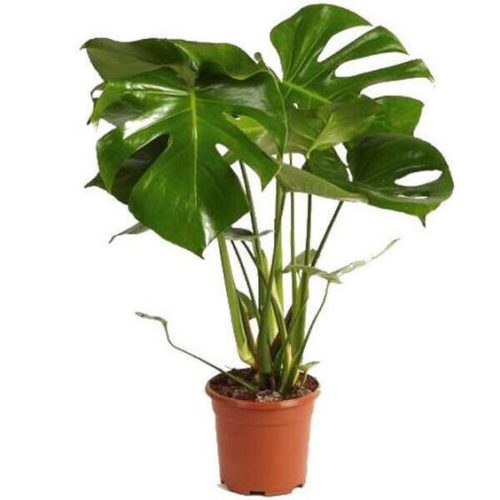
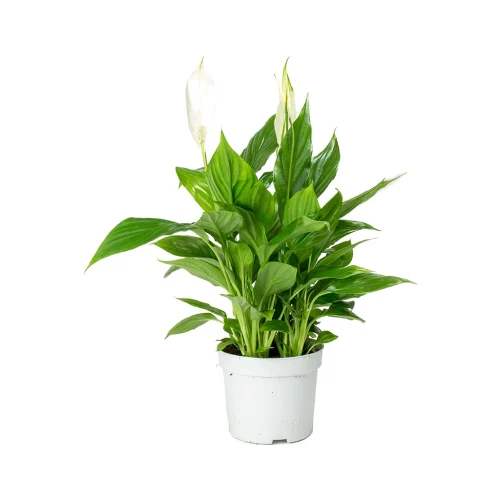
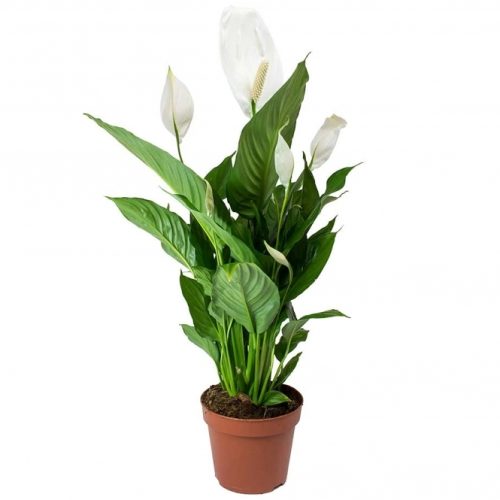
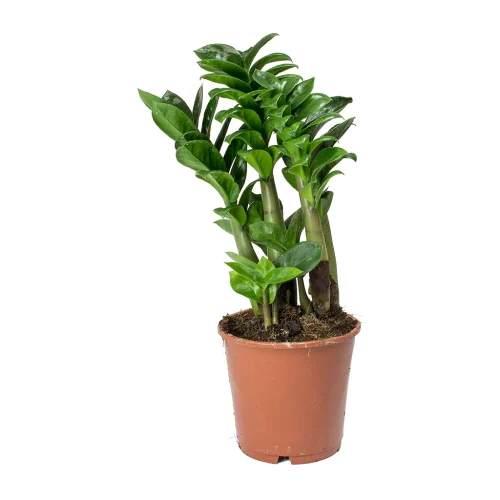
Reviews
There are no reviews yet.